
Whether you are looking for a riot of colour or working in neutrals ripples add interest to your crochet. Ripples can be used for every project from warm king-size blankets to elegant clutch bags and the variety of different ripple patterns means you will never get bored. Of course, we love ripples because they are very wearable, they make a perfect shawl or cardigan trim or add interest to mitts and hats.
What is a Ripple?
A ripple fabric is one where increases and decreases are used to decorative effect to create a fabric with an undulating top and bottom edge. Making the increases create a “hill”; the decreases create a “valley” in the work. Increases and decreases must be paired, so the stitch count remains the same and the width of the fabric made doesn’t grow or shrink.
A ripple is a really meditative pattern to make, easy to remember but enough interest to stop it becoming boring.
Ripples are fairly easy once you get going as they are usually only one or two row pattern repeats. You need to pay careful attention to set the pattern up and keep a careful check as you go that your ripples are happening in the right place. It helps to note where the increase and decrease stitches fall in the pattern (for example do you always begin increasing in the stitch before the first increase of the row below.) Keep a check to make sure the fabric looks how its supposed to, just one stitch askew can stop the ripples developing properly.
Make sure you understand all the terms in the pattern before you begin. To increase you will normally work two or more stitches into the same stitch, to decrease you will either be working two or more stitches together or missing stitches.
Before you dive in, its best to try out the pattern in a smaller swatch to make sure you understand what you are doing. Try out the pattern with at least three full repeats before you chain 400 to make a bedspread!
Choosing a pattern and colours
When choosing a ripple pattern, think about what the item will be used for and how you'd like the fabric to behave. Ripple patterns worked in double crochet will be stiffer than those worked in trebles. A pattern that misses stitches will create little holes, very pretty on a scarf but perhaps not so suitable for a cushion cover where the cushion would show through.
You can be as bold with colour as you like, ripples can look stunning in all the colours of the rainbow or worked in a range of natural tones. Most yarn ranges have been designed so that the colours all tone well together so if you stick within one yarn type you can be certain of success.
Adding texture
To really make the ripples pop, especially if you are working in a single colour or a muted palette work all the right side rows in the back loops only to create a rippled ridge.
TOP TIP Count carefully at the end of each row until you are very familiar with the pattern.
Ready to give them a go? Here are some of our patterns that use ripples:


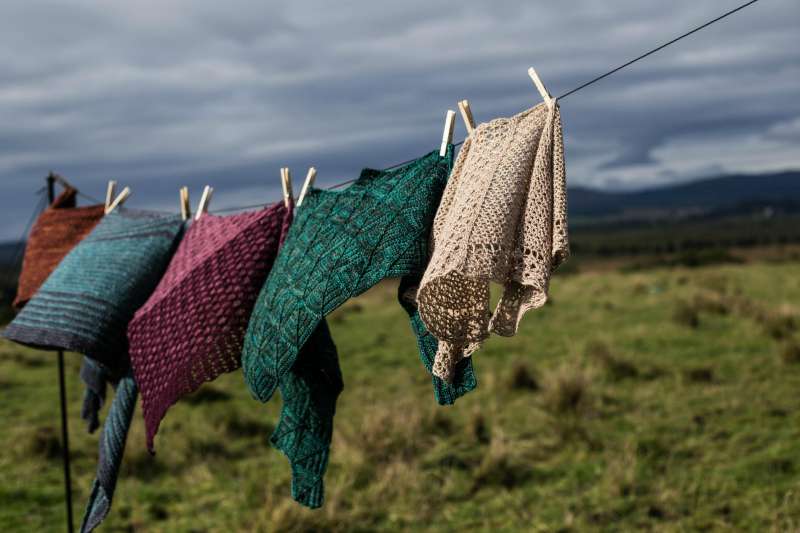
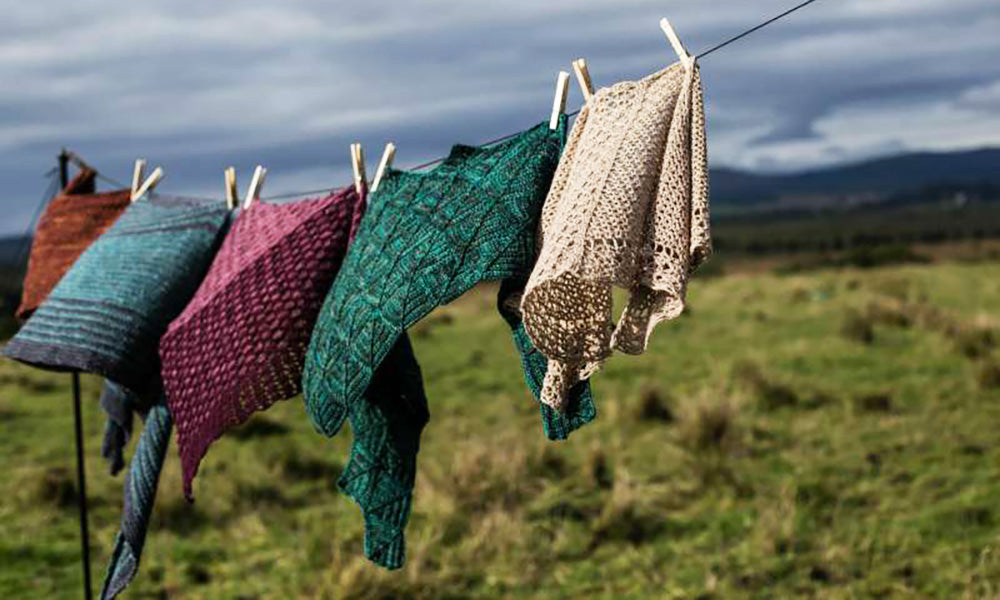
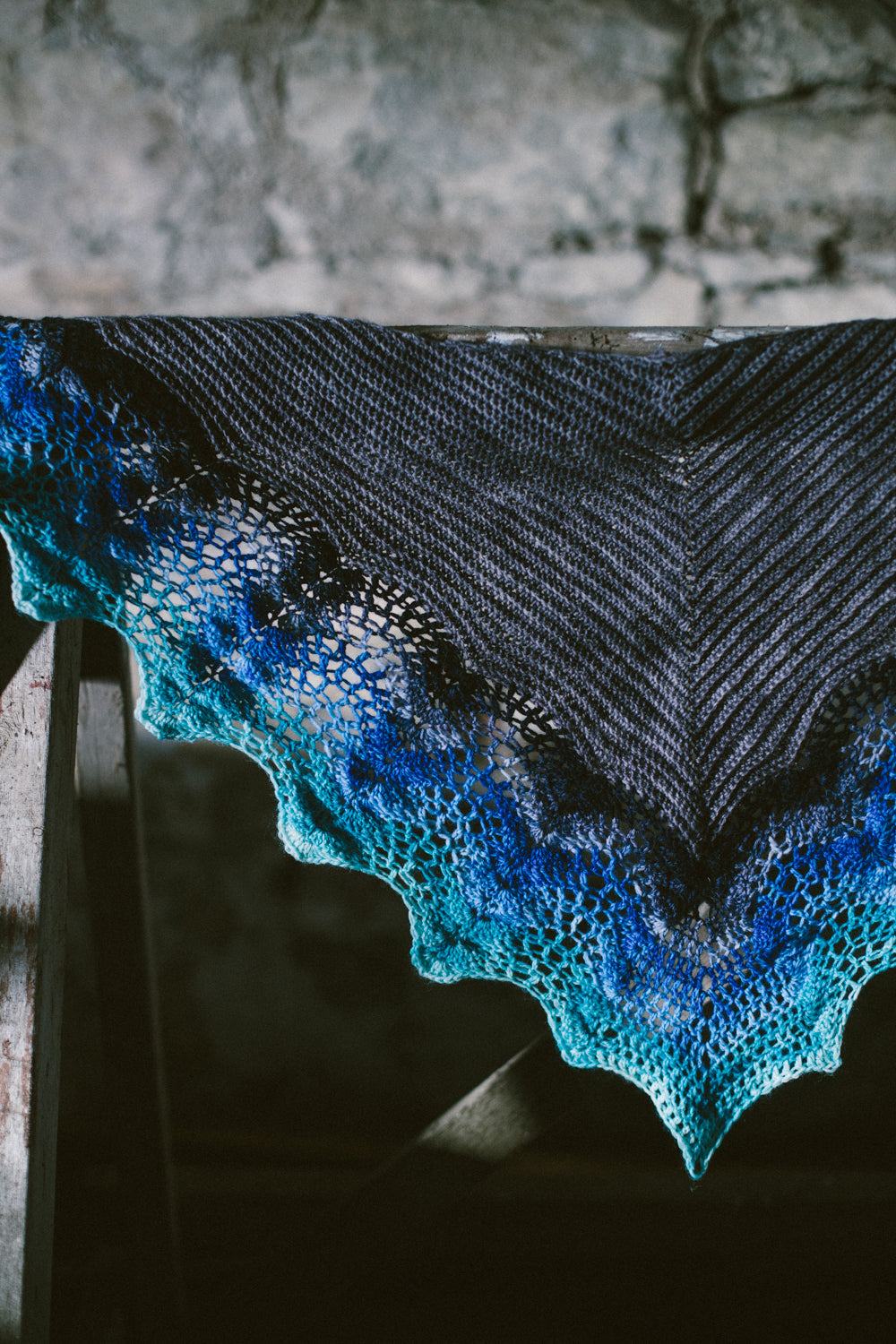
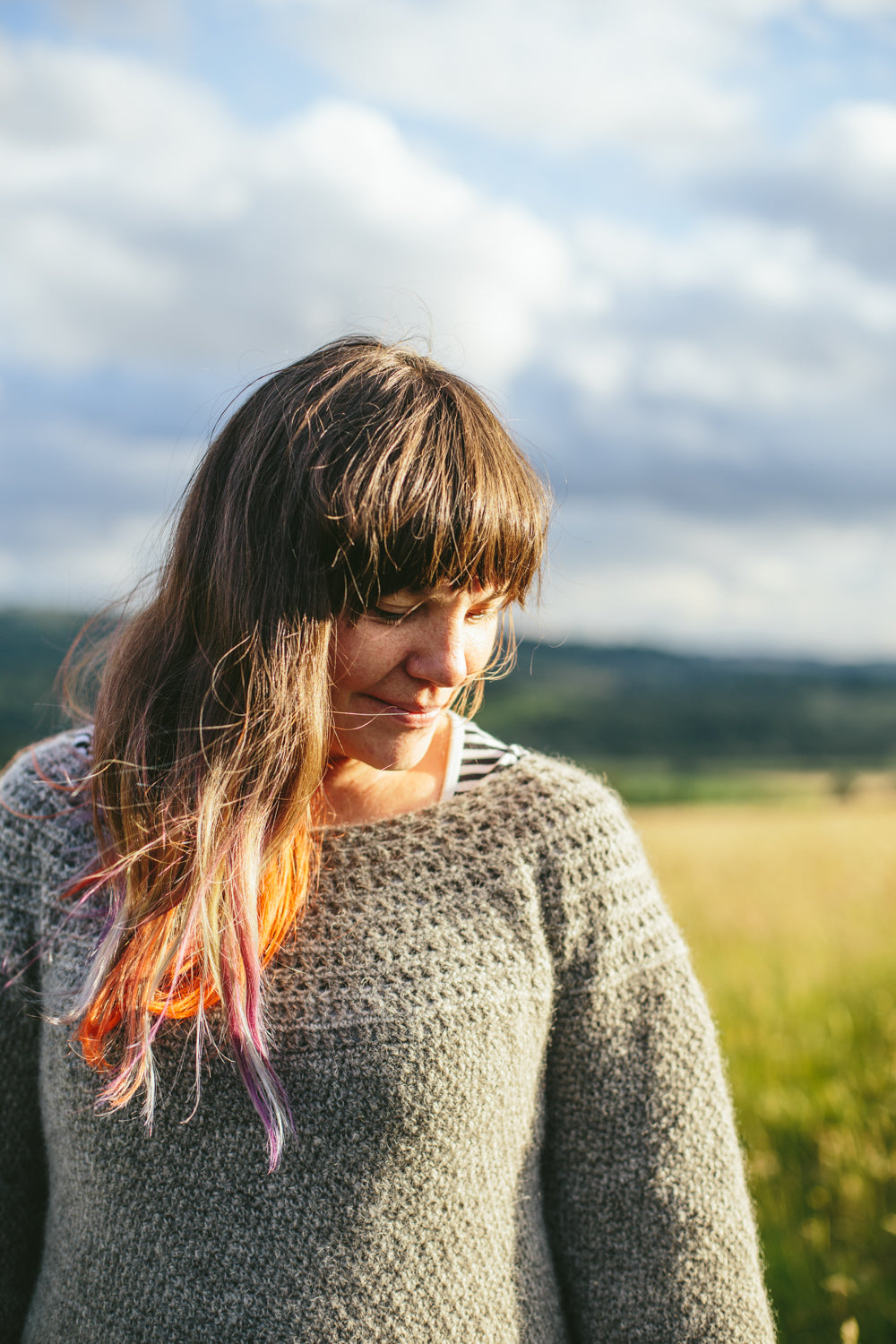
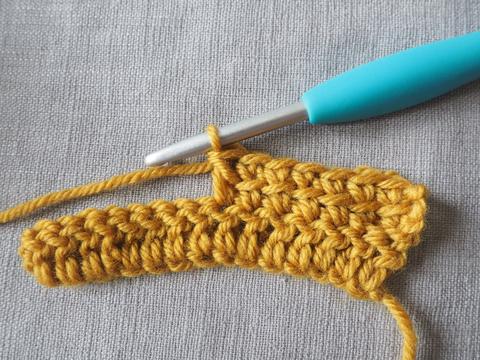
Leave a comment
All comments are moderated before being published.
This site is protected by reCAPTCHA and the Google Privacy Policy and Terms of Service apply.